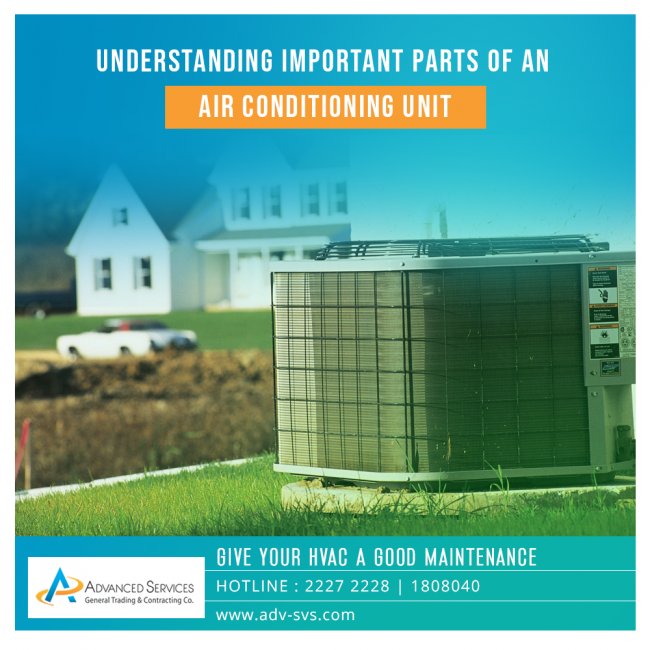Living in Middle East countries without AC is pretty much impossible. Everyone knows it’s a necessity, but if you ask the majority of people who own AC what they know about them, the list would be short.
You have got your AC, and know that it’s making you and everyone on your home cool. Have you ever leave the thought of how it functions and what parts make up your Air Conditioner functioning. Having a basic understanding of it helps you to identify a basic problem and determine if the unit is working as efficiently as it should.
Though the basic function of AC is to cool your home/Office, it also does a few other important functions as well. Here it explains well.
The thermostat is what controls your AC. It has an onboard filter that removes airborne material from the circulating air. AC act as a dehumidifier as well. Because temperature is a key component of relative humidity, reducing the temperature of a volume of humid air causes it to release a portion of its moisture. That’s why there are drains and moisture-collecting pans near or attached to air conditioners, and why air conditioners discharge water when they operate on humid days.
Obviously, there are more than four parts that constitute an AC, but not to make you confused, these are the four important ones that you should know about – the evaporator, condenser, compressor and expansion valve.
Evaporator: Evaporator is what transforms the liquid refrigerant to gas which then dehumidifies and cools the air. It is positioned on the cold side of the AC. The gas then absorbs the heat from the air and pass it to the condenser.
Condenser: The condenser is the counterpart to the evaporator and is situated on the hot side of the system. It functions to bring that hot, condensed refrigerant gas back outside to vent the heat and turn the refrigerant back into a liquid form.
Compressor: Compressor is an electric pump that and its job is to circulate the refrigerant necessary for heat exchange through the coils of the indoor and outdoor unit, and also to apply the energy to the refrigerant.
Expansion valve: The expansion valve works with the evaporator, but is usually located in-between the evaporator and condenser. Its job is to regulate how much liquid refrigerant is moving into the evaporator, where it then changes into a gas.
These are the important parts of an AC and knowing it how they function can help you where the source of the problem might be if the unit is not working correctly. In the event of any breakdowns, you can have some initial investigation and after that, you can decide if the unit needs immediate attention by a professional HVAC specialist.
When in doubt, always call the HVAC experts in Kuwait, Advanced Services to come and check it out. You don’t want to be left with a broken system in the middle of the summer in Kuwait!
